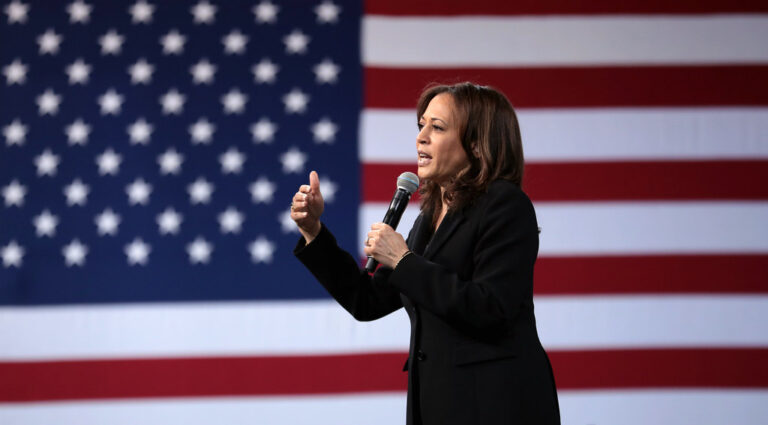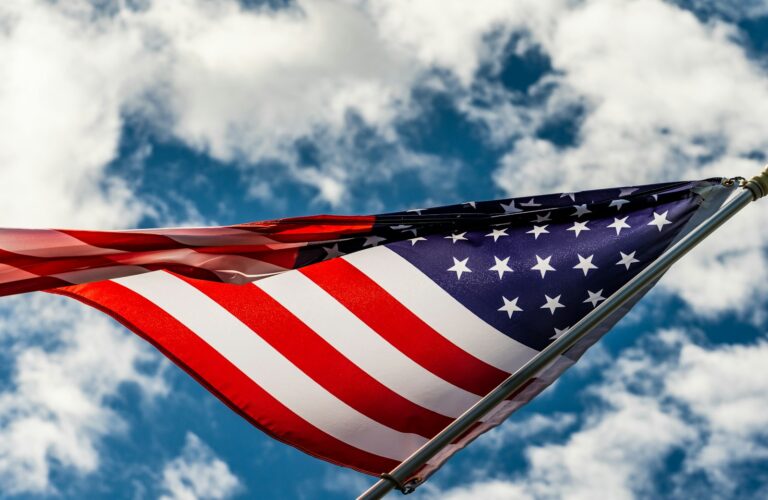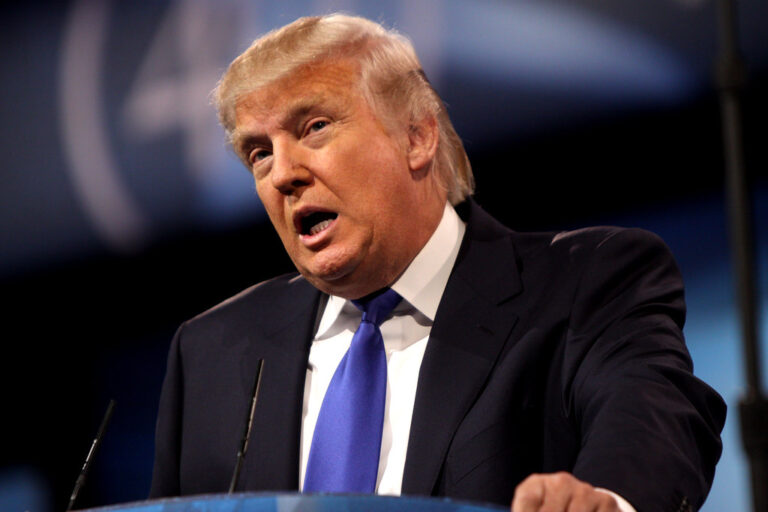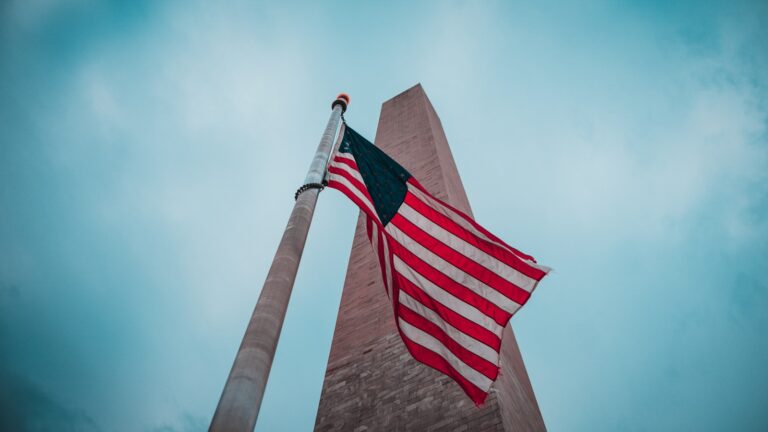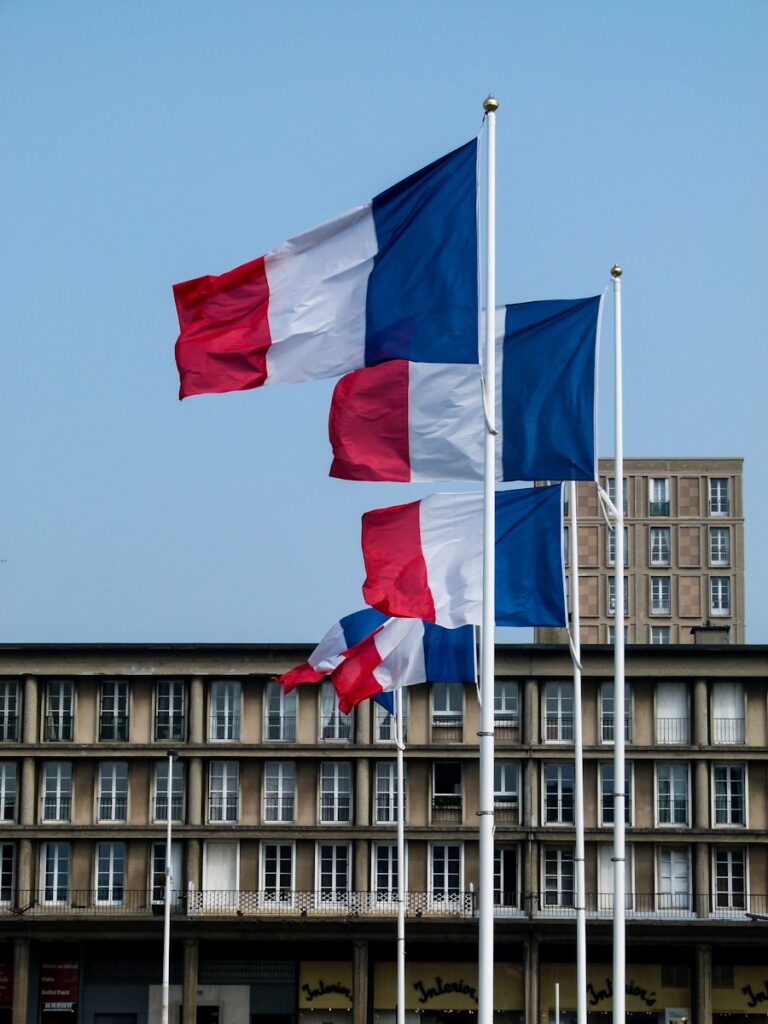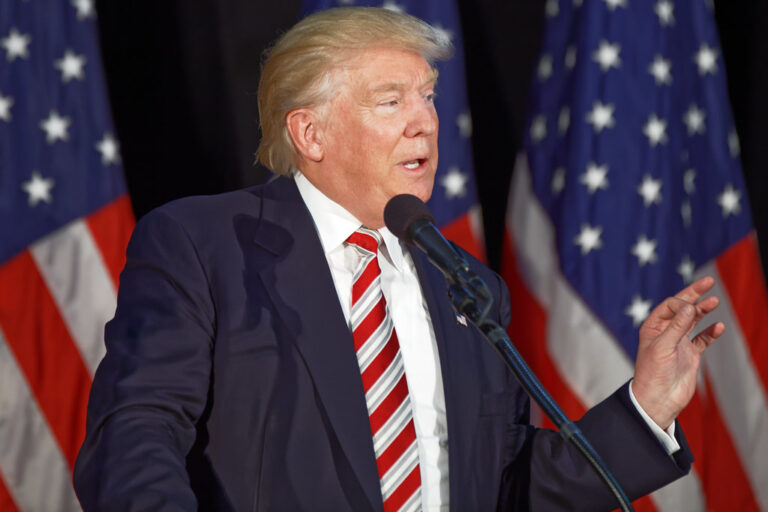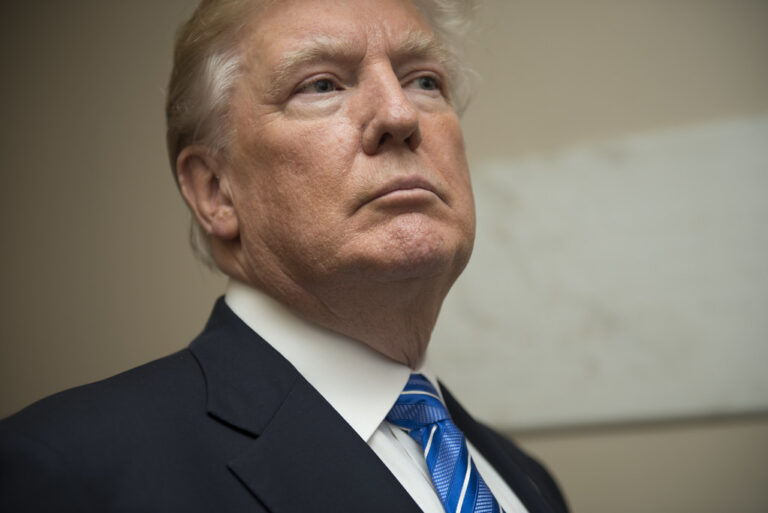Key Takeaways:
- Kamala Harris reveals regrets in her upcoming memoir.
- She calls it “recklessness” not to challenge Joe Biden’s 2024 decision.
- The comment marks a major shift from her former loyalty.
- The book sheds light on behind-the-scenes dynamics of the Biden-Harris team.
- The word “decision” ties the emotional core of her reflection.
Kamala Harris Speaks Out on 2024 Decision
Kamala Harris, former vice president and one-time presidential hopeful, is stirring headlines with her upcoming memoir. In a surprising twist, she reflects on how she handled Joe Biden’s bid for re-election in 2024. Harris, known for her strong loyalty to Biden during their term, now says she regrets not speaking out earlier. In her own words, leaving the decision to Joe and Jill Biden was “recklessness.” That powerful word marks a shift in how she’s viewing her political past.
Why the Decision to Run Again Matters
The word “decision” plays a central role in Harris’s memoir and this chapter of political history. In 2024, President Joe Biden faced mounting criticism over his age, energy, and leadership style. Despite growing concerns, no top Democratic leaders pushed against his re-election. Everyone, including Harris, repeated the same mantra: “It’s Joe and Jill’s decision.” Now, Harris is challenging that thinking.
She writes that by deferring to the Bidens, the Democratic Party may have missed a chance to bring fresh energy to the race. Her words reflect frustration and a growing sense of what might have been if she, or someone else, had stepped up.
How Kamala Harris Sees Her Role
For most of her time in office, Kamala Harris followed a supportive path. She rarely challenged Biden. In public and private, she backed his decisions and focused on party unity. But her new statements show a different side — a leader who now feels she should have voiced her concerns.
Writing with honesty, she admits the party’s silence may have hurt its future. Harris’s memoir is not just an inside look into politics. It’s also a rare moment of vulnerability from someone seen as always measured and on-message.
A Memoir Full of Political Reflection
The book provides more than just commentary on Biden’s 2024 decision. It also reveals Harris’s emotions at the time — a mix of loyalty, fear, hope, and regret. She talks about the weight of holding back opinions to protect unity. Yet in the end, she feels that staying quiet was not the right decision.
What makes this turning point important is how it opens the door for future discussions. Should high-ranking officials speak out more against decisions they disagree with? How much loyalty is too much when the stakes are high?
Party Unity vs Honest Debate
This reflection brings back the age-old debate in politics: stay united or challenge from within? Harris’s use of the word “recklessness” shows just how intense her change in perspective has been. It’s not just second-guessing; it’s a bold critique of how decisions were made at the highest level.
By voicing her regrets, Harris may be setting a roadmap for future leaders. Silence, she suggests, is not always golden. Sometimes, the strongest decision a leader can make is to speak the truth, even if it goes against the grain.
What This Means for the Democratic Party
Harris’s new stance could have big effects on the future of the Democratic Party. As younger leaders look to shape the next era, they may take this lesson to heart: don’t just go along with a decision because it’s tradition or expected. Ask hard questions. Challenge the status quo.
Her words also spark questions about how political decisions were made behind closed doors. Was there pressure to stay quiet? Were there private doubts even among top advisors? While her memoir may not answer every question, it certainly opens the door for more conversation.
Looking Forward: The Weight of a Single Decision
At its core, Harris’s reflection is about the power of one decision — and what happens when leaders stay silent. Her honesty might help rebuild trust with voters looking for authenticity, transparency, and accountability. In a time when political leaders are often seen as scripted, this candid moment adds a human touch to a national story.
If anything, Harris is giving readers a lesson in growth. Admitting mistakes, especially in politics, is rare. But doing so with grace and purpose may just be the decision Harris needed to make.
Why This Memoir Could Reshape Her Legacy
Some may call her move too late. Others see bravery in her timing. Either way, Harris’s memoir is already making waves even before its release. It’ll likely spark debates within the party — and beyond — about the cost of silence and the responsibility of leaders.
In the end, the decision to challenge fate or remain loyal isn’t just a political one. It’s a personal test of principles and values. Kamala Harris seems ready to face that test, even if it comes years later.
FAQs
What did Kamala Harris say about Joe Biden’s 2024 run?
In her memoir, Harris calls it “recklessness” that she and others left the decision fully to Joe and Jill Biden. She regrets not speaking out sooner.
Why is Harris speaking out now?
She reflects on her 2024 experience and seems to be rethinking past choices. The memoir gives her a platform to share her personal and political growth.
Does this mean Harris is turning against Biden?
Not exactly. While she criticizes the group decision to let Biden run again unchallenged, she doesn’t attack him personally. It’s more about the process than the man.
How might this affect her political future?
Her honesty could win her new supporters who value transparency. At the same time, it might cause tension among other party leaders. It’s too early to tell how it will shape her next chapter.

